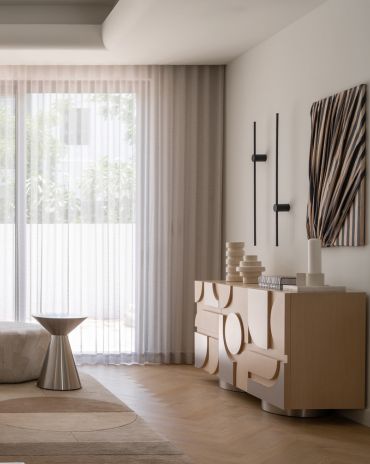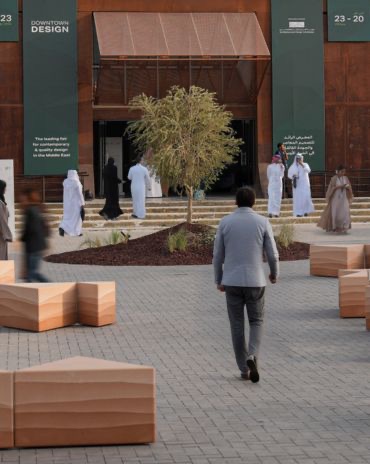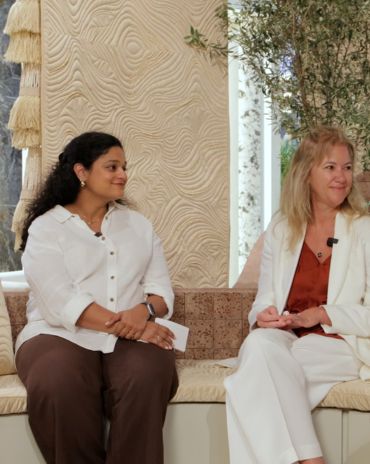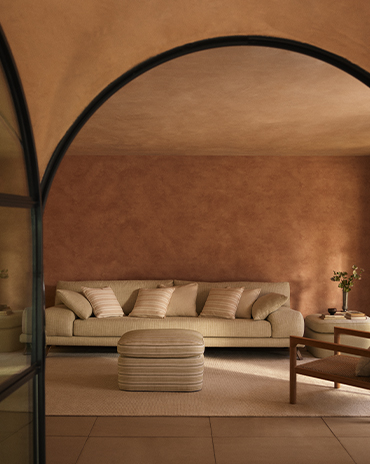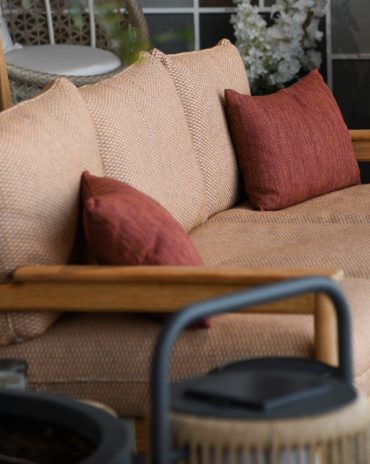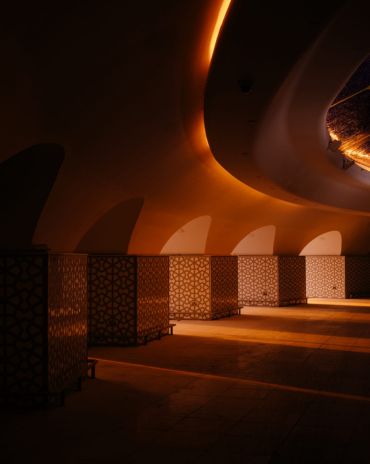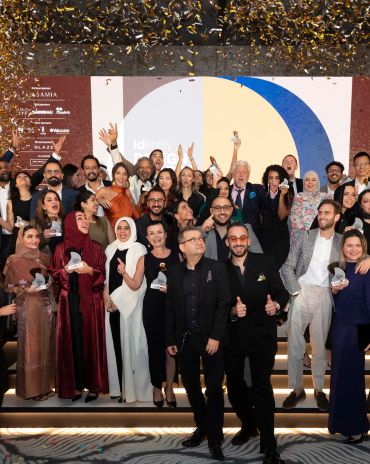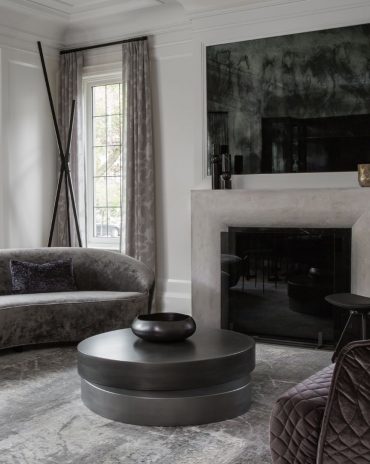Copyright © 2025 Motivate Media Group. All rights reserved.
Third-culture Crafts
We explore the fascinating intersection of diverse cultural influences on traditional craftsmanship techniques in Dubai and Riyadh, as demonstrated by various craftspeople at the top of their game

Keeping the pulse on the phenomenon of third-culture crafts which are rooted in identity, these individuals’ approach to artistry and craftsmanship transcends boundaries, creating unique and innovative works that resonate with global audiences. By embracing a blend of traditions, materials and techniques from various cultures, third culture craftsmanship offers a fresh perspective, celebrating the richness of cultural diversity while pushing the boundaries of traditional art forms. This evolving practice enables collaboration across cultures, fostering creativity, innovation and mutual understanding in the world of craftsmanship.
Khalid Shafar
On Crafting a Legacy
Khalid Shafar, with his eponymous design studio, is redefining the boundaries of furniture and product design by seamlessly blending functionality, practicality and creativity. His designs artfully intertwine Emirati culture and craftsmanship with contemporary aesthetics, creating pieces that are both visually stunning and deeply rooted in tradition.
Shafar’s design journey began at the American University in Dubai in 1998, where he studied interior design. Although he initially pursued a career in business management, his passion for design never waned. In 2010, he pivoted back to his true calling, founding KHALID SHAFAR and embarking on a mission to create designs that celebrate Emirati heritage. At the heart of KHALID SHAFAR’s ethos lies a dedication to preserving and promoting Emirati crafts. Shafar’s meticulous attention to detail and integration of traditional techniques and materials, such as safeefa in his Palm tables collection, showcase his commitment to this cause. “We have a lot of arts and traditions that we wanted to preserve, and I wanted to use it either through telling the story of that particular craft or even integrating the craft in the product itself,” he explains.
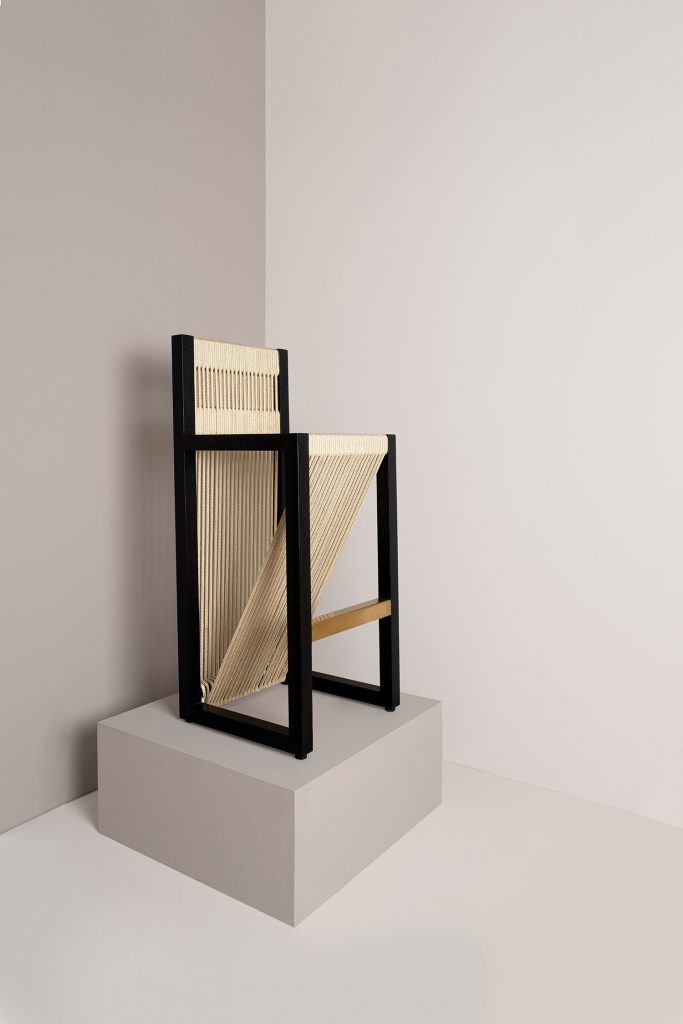
Photography by Salama Studio
Shafar’s innovative approach to materials has resulted in products that leave a lasting impression. His debut Palm collection includes clothes stands, tables and lighting fixtures, and remains a crowd favourite – capturing the essence of Emirati culture while offering practical solutions for everyday living.
Now, the designer is placing research and collaboration at the forefront of his work. “We have started researching more than material, exploring ancient and existing crafts, as well as different materials such as concrete, stones, marbles, metal and various patinas. Our aim is to collaborate with brands and designers from different studios, merging industries to create unique works of art,” he explains.

Photography by Salama Studio
As Shafar continues to push the boundaries of design and collaborate with renowned brands and designers, his vision for KHALID SHAFAR remains steadfast: to create timeless pieces that resonate with generations to come. Through his innovative designs, he is crafting a legacy that celebrates Emirati culture, promotes craftsmanship and shapes the future of design in the UAE and beyond.
Nicole Farrelly – Founder of Cole and Cinder
Breaking the Mould
Family ties, artistic exploration and a passion for design all shape Nicole’s work. The artisan has carved a niche for herself in the world of ceramics, blending influences from her multicultural background to create unique pieces that resonate with depth and character.
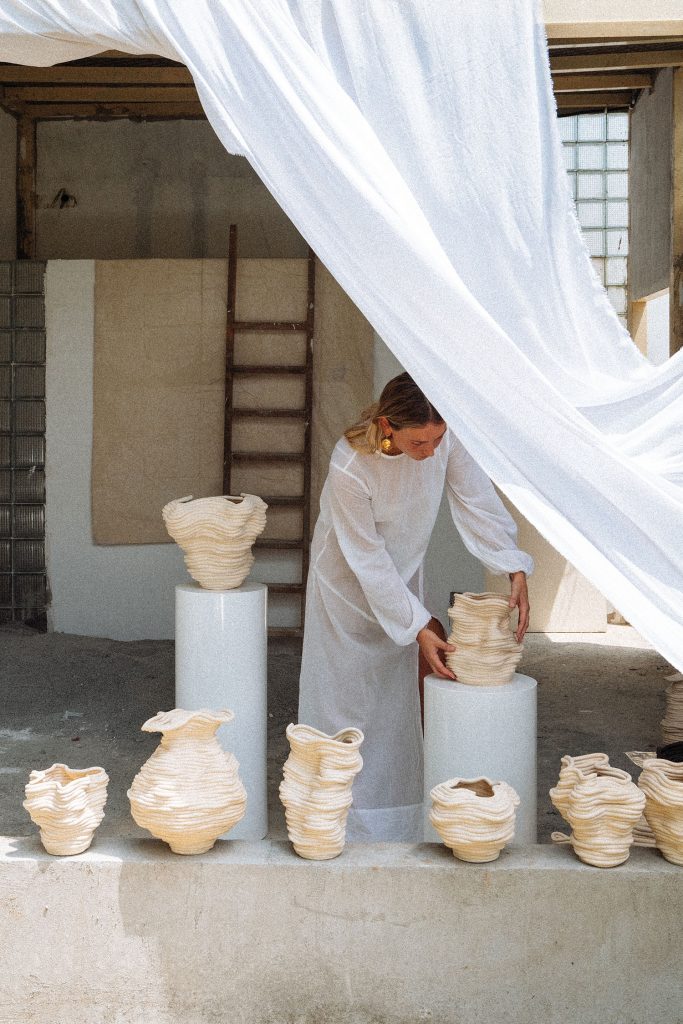
Image credits: Natelee Cocks
Farrelly’s move to Dubai at the age of 17 was driven by a desire to be close to her father, who had relocated to the city a few years earlier. Her family’s longstanding connection with the hotel industry instilled in her early on an appreciation for design and aesthetics. “Growing up in and around hotels played a huge part in shaping my passion for design,” she recalls. Memories of sitting in hotel lobbies adorned with ceramics and art, and helping the events team set up tablescapes, ignited her love for interior design and styling. Cole & Cinder was born out of a serendipitous encounter during lockdown. A chance sale of one of her experimental ceramic vessels sparked interest and led Farrelly to delve deeper into the world of ceramics. “My journey has been about consistency, trial and error, and learning from the ceramic community,” she explains. Farrelly’s aesthetic is characterised by “complex simplicity”, with a focus on naturally derived colours and the coil technique. “Our ethos at Cole & Cinder is that we are all constantly changing but always have our core self that stays the same,” she reflects.
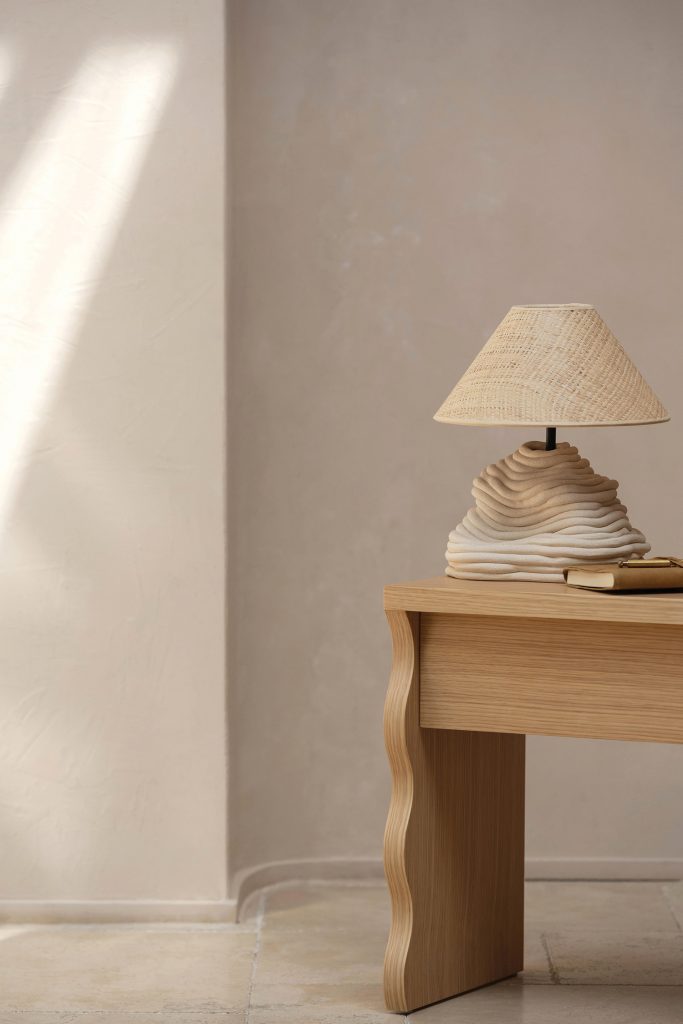
Image credits: Natelee Cocks
Nature serves as a powerful inspiration for Farrelly’s designs. “The silent power of nature adds a sense of calm or unease just by the way the elements form,” she says. Resonating with the wabi-sabi concept, the artist believes in embracing imperfections and impermanence in her work, creating pieces that exude timelessness. While Farrelly’s multicultural background makes it challenging to pinpoint specific cultural nuances in her work, she draws inspiration from her unique family experiences. “Food is a huge part of my family’s expression of love,” she shares, reminiscing about Sunday roasts and dinner parties.
Creating tableware has always been a dream for Farrelly, and seeing people cherish her pieces evokes a warm sense of nostalgia. Her signature scented candles, inspired by church and rainy days on her aunt’s farm in England, encapsulate the essence of ‘home’ and offer a sensory journey back to her roots.
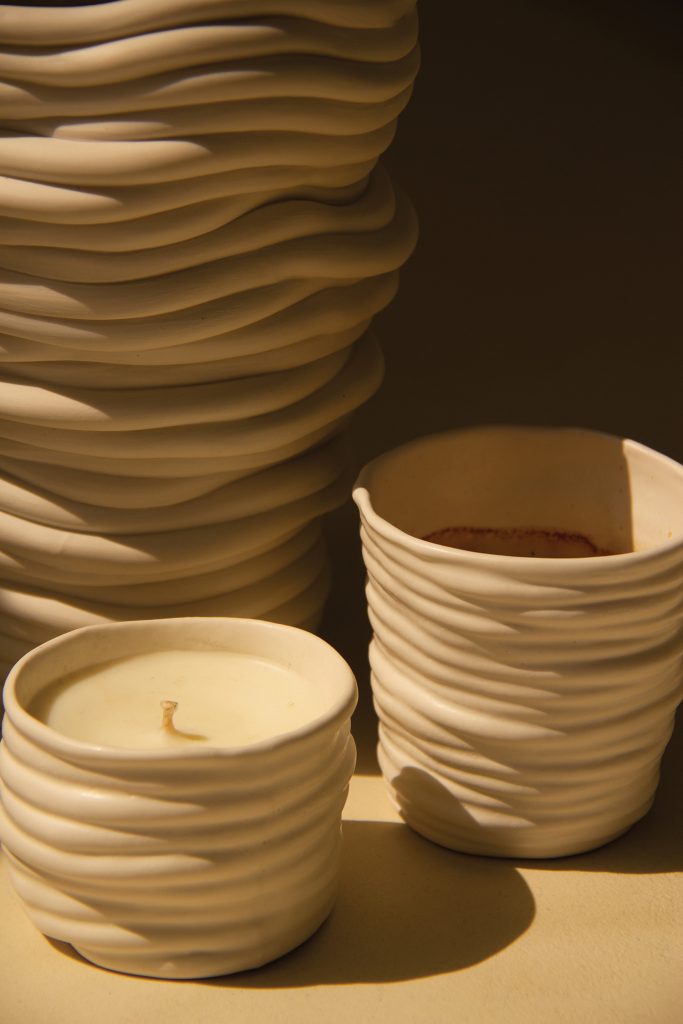
Image credits: Natelee Cocks
As Farrelly continues to evolve as a designer and individual, she hopes to see Cole & Cinder grow alongside her. With plans to explore new forms and designs, she remains committed to her core values of authenticity and creativity. In this creator’s hands, third culture craftsmanship finds a harmonious expression, bridging the gap between diverse influences and creating spaces imbued with warmth, character and timeless appeal.
Cyril Barret – Founder of Cyril Furniture
Crafting Timeless Elegance
Cyril Barret has established himself as a master of furniture design, merging French craftsmanship with enduring elegance. Founder of Cyril Furniture, his dedication to quality and tradition is evident in every piece he creates.
Born in Bordeaux, France, Barret has called Dubai home for 17 years. His furniture-making journey began at 18, under the guidance of experts from Compagnons du Devoir, a historic French organisation. “I’ve always poured my heart and soul into it,” he says, reflecting on his three-decade commitment to the craft. The designer’s Gulf introduction was through a pivotal project in Oman. From 1998 to 2002, his team furnished the Sultanate of Oman’s palace, a project that remains a highlight and a catalyst for his regional success. Seeing the region’s appreciation for craftsmanship and French-inspired interiors, Barret founded Cyril Furniture in Abu Dhabi, later expanding to Dubai. “The allure of antique furniture, its beauty, craftsmanship and historical significance, has always captivated me,” he shares. This passion infuses every Cyril Furniture piece, blending functionality, aesthetics and innovation.

Cyril Furniture’s portfolio of projects includes private palaces in Oman and Abu Dhabi, the King of Bahrain’s palace, and French château-style villas in Kuwait. As a French expatriate in Dubai, Barret harmoniously integrates his cultural heritage with the region’s vibrancy. His journey informs Cyril Furniture’s unique style, preserving artisanal techniques. With Barret at the helm, furniture design becomes a creative odyssey, blending passion and artistry. Through Cyril Furniture, he continues to shape the luxury interiors landscape, creating pieces that are as timeless as they are elegant.

Maya Toron Al Omary – Founder of Maison Mishmashi
Crafting Authenticity
As the founder of Maison Mishmashi, Maya Toron Al Omary weaves together her diverse life experiences to create pieces that celebrate beauty, individuality and authenticity.
Born in New York City to diplomat parents with Syrian roots, Al Omary’s upbringing was steeped in art, culture and travel. Her parents, who are accomplished painters, instilled in her a deep appreciation for creativity, while her international upbringing exposed her to diverse traditions and lifestyles. Having graduated with an Associates Degree in Political Science while living in Paris, Al Omary’s educational journey may seem unrelated to her current profession, but as she puts it, “Every experience in my life has led me authentically to where I am today.”
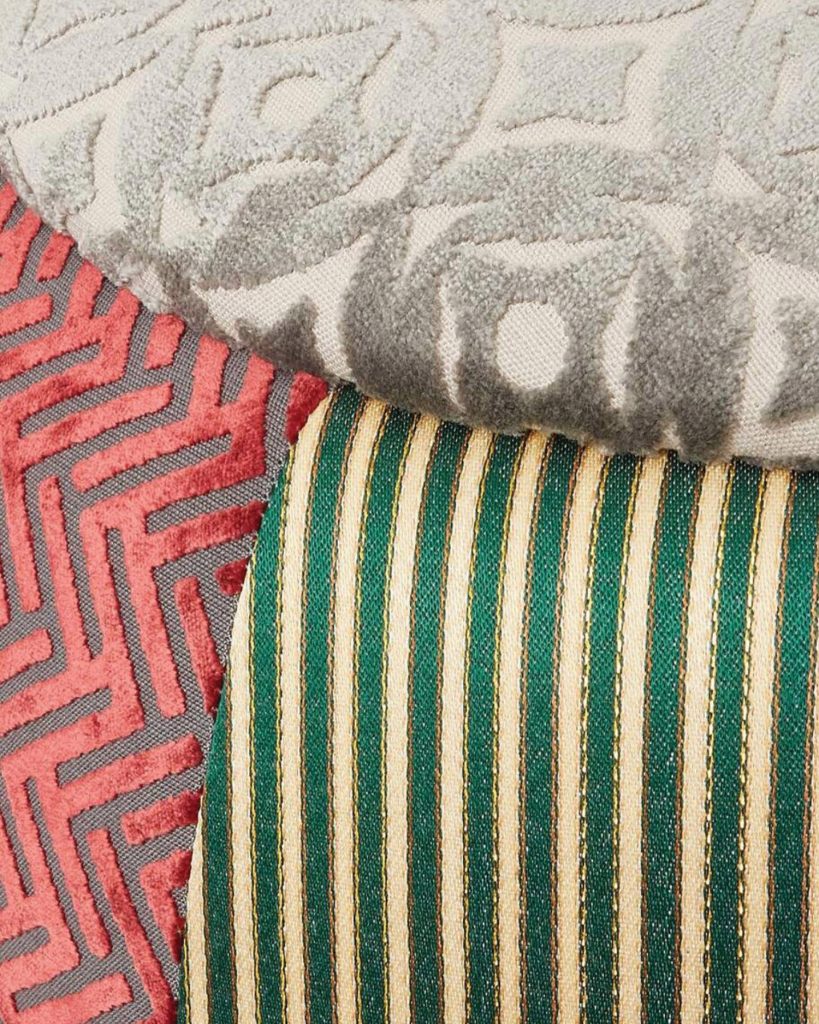
Before venturing into the world of design, Al Omary co-founded the first all-women-run real estate company in Dubai in 2007. While her previous venture was ground-breaking, her passion for design and home décor eventually led her to establish Maison Mishmashi. For Al Omary, design is a form of self-expression, and Maison Mishmashi provides her with a canvas to express herself and share her unique vision with the world.
Maison Mishmashi is more than just a furniture brand; it’s a celebration of individuality, craftsmanship and culture. Al Omary and her team believe in using the highest quality materials, sourced from around the world, to create pieces that resonate with their customers’ unique aesthetic journeys. One of Maison Mishmashi’s standout pieces is The Queen Chair, a true embodiment of the brand’s ethos, seamlessly blending tradition with modernity.
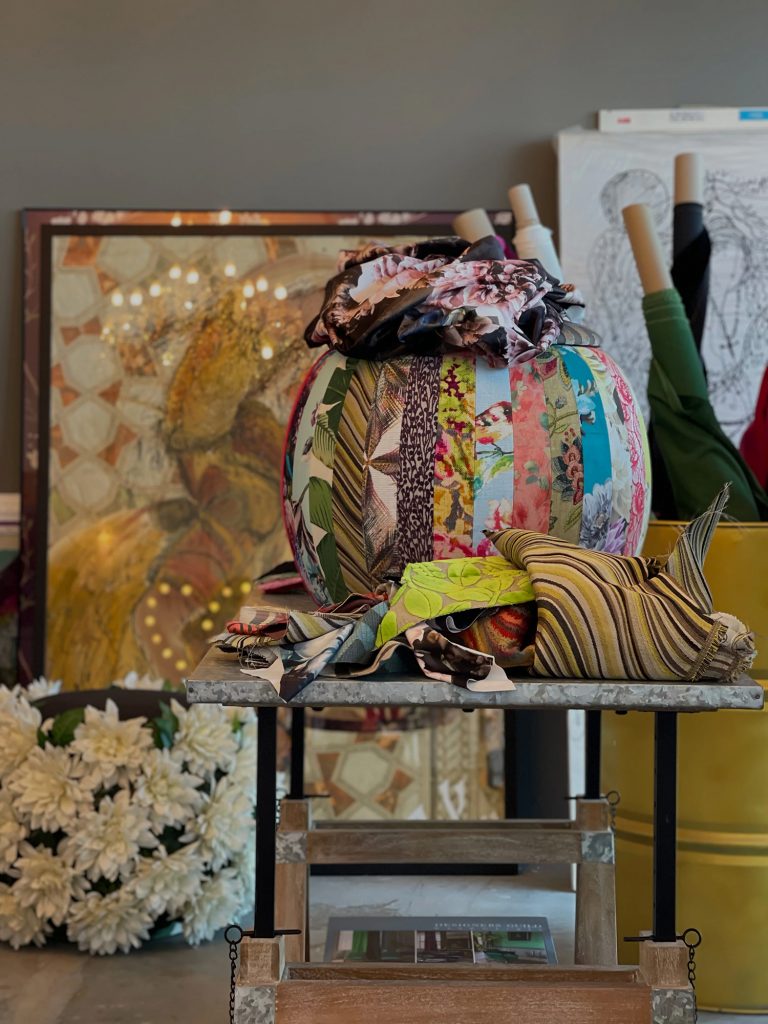
Known for its distinctive patchwork designs and commitment to sustainable craftsmanship, Maison Mishmashi’s creations are both beautiful and environmentally conscious. Al Omary’s dedication to utilising every beautiful remnant has led to the creation of iconic patchwork collections that showcase the brand’s creativity and commitment to sustainability. The inspirations behind the brand are deeply rooted in Al Omary’s upbringing and life experiences. With a keen awareness and appreciation for her surroundings, the designer finds inspiration in the interplay of colours, textures and patterns that evoke raw emotion within her. Rather than adhering to specific eras or aesthetics, she draws inspiration from the feelings and connections that each design evokes.
As a third-culture woman, Al Omary embraces the fusion of East and West, tradition and modernity in her designs. Maison Mishmashi is a reflection of her journey, honouring her roots while embracing the diverse influences that have shaped her worldview. It’s an extension of her authentic self, where creativity, courage and self-expression converge. In essence, Maison Mishmashi is Al Omary’s invitation to join her on a journey of creativity, self-expression and discovery. With each piece crafted with love and intention, she and her brand invite us to celebrate our individuality and embrace the beauty that surrounds us.
Ghazlah Studio
The Art of Rug Design with a Saudi Twist
Ghazlah Studio has been making waves since its launch. The studio fuses artistry with tradition, bringing a fresh perspective to the world of rug design. Born and raised in Riyadh, the founding team behind this innovative approach comprises three distinct talents: Bassam Al Khulaifi, Saud Al Rasheed and Somaya Al Azhrani. While Al Khulaifi paints and experiments with fabrics, Al Rasheed, who has a finance background, manages the execution process alongside Al Azhrani, who majored in epidemiology. Together, they breathe life into their creations, drawing from their diverse backgrounds to create pieces that resonate with audiences far and wide.
The team’s journey into rug design began unexpectedly during the pandemic. Faced with a lack of creative rug designs for their personal spaces, the trio decided to take matters into their own hands.
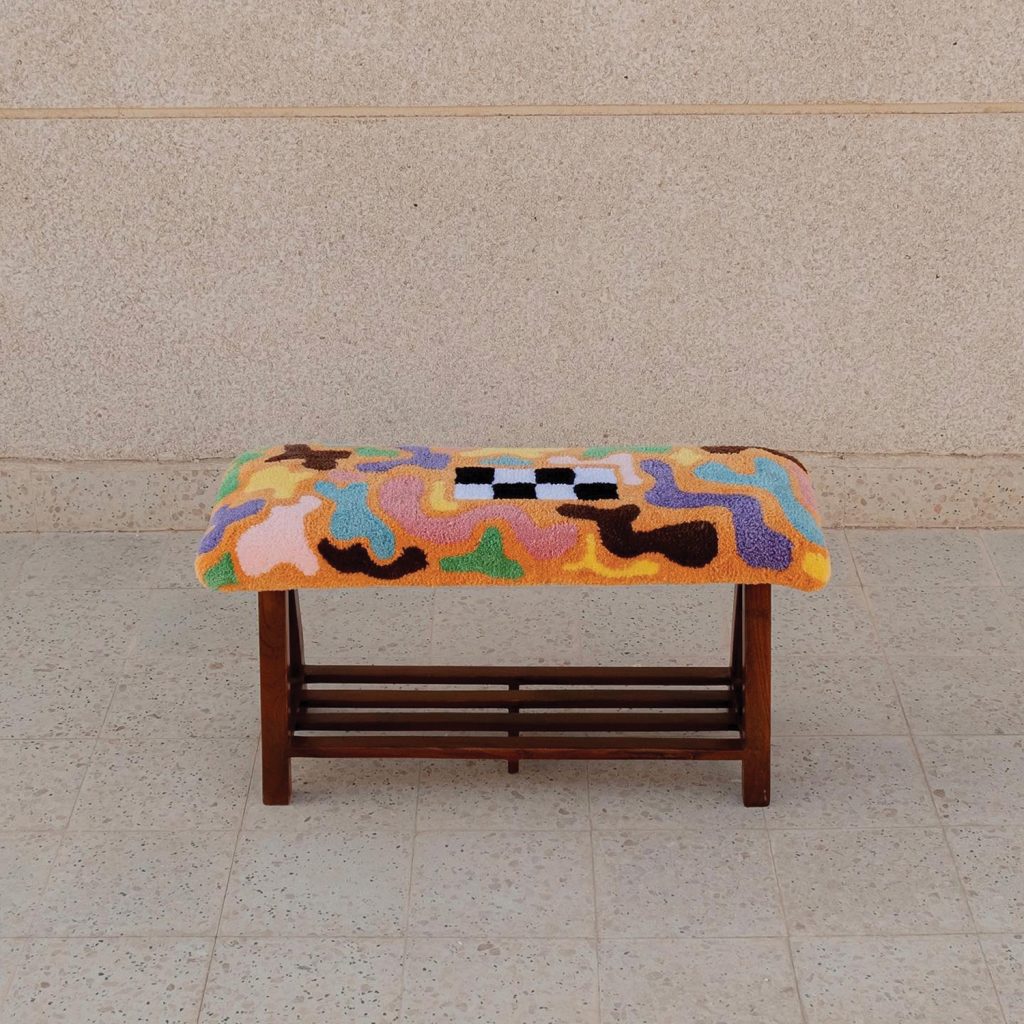
Experimentation has been key to Ghazlah’s success. While the studio has dabbled with various yarns, wool and acrylic remain their primary materials. Their versatility allows them to cater to a broad audience, from boutique hotels to art collectors, each piece offering a unique blend of functionality and artistic expression. At the heart of the studio’s creations lies the rich tapestry of Saudi culture and the myriad artistic influences the trio have encountered during their travels. Whether it’s the vibrant hues of local cuisine, the rhythms of traditional music or the myriad people they meet along the way, every experience enriches their design palette.
Ghazlah studio’s work is a celebration of its founders’ heritage, capturing the essence of Saudi Arabia’s architectural marvels, weaving techniques, colours, shapes and even its unique scents and fauna. It’s a meticulous process of absorption and reflection, each piece echoing the world around them and resonating with cultural significance.
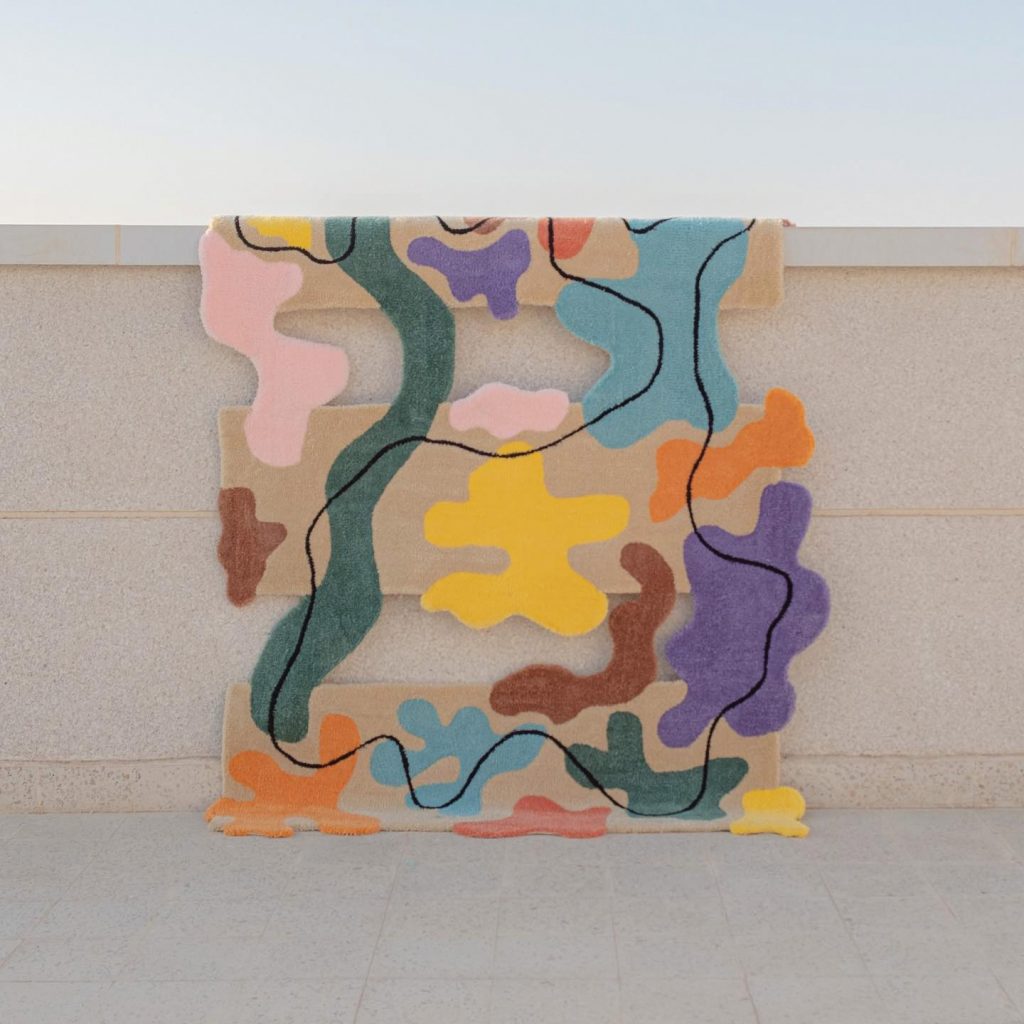
Among their creations, the ‘Dallah’ piece and ‘Painting Man’ hold a special place in their hearts. ‘Dallah’, a symbol of Saudi culture, beautifully encapsulates their identity, while ‘Painting Man’ represents their journey of exploration and innovation. Both pieces challenged Al Khulaifi to learn new techniques, pushing the boundaries of the trio’s craft and inspiring further creativity.
What drives this team is the ability to translate personal experiences and interpretations of the world into tangible pieces of art. For them, rug design is not just about aesthetics; it’s a medium to convey emotions, stories and cultural narratives that people can connect with and cherish.
In essence, this Saudi-based venture is more than just a rug design company; it’s a testament to the power of collaboration, creativity and cultural pride. Through their unique blend of craftsmanship and artistry, they invite audiences worldwide to experience the beauty of Saudi culture, one rug at a time.
Read more from our latest features here.
The Latest
The Edge of Calm
This home in Dubai Hills Estate balances sculptural minimalism with everyday ease
In conversation with Karine Obegi and Mauro Nastri
We caught up with Karine Obegi, CEO of OBEGI Home and Mauro Nastri, Global Export Manager of Italian brand Porada, at their collaborative stand in Downtown Design.
An interview with Huda Lighting at Downtown Design
During Downtown Design, we interviewed the team at Huda Lighting in addition to designers Tom Dixon and Lee Broom.
Downtown Design Returns to Riyadh in 2026
The fair will run its second edition at JAX District
Design Dialogues with KOHLER
We discussed the concept of 'Sustainable Futures' with Inge Moore of Muza Lab and Rakan Jandali at KCA International.
Design Dialogues with Ideal Standard x Villeroy & Boch
During Dubai Design Week 2025, identity held a panel at the Ideal Standard x Villeroy & Boch showroom in City Walk, on shaping experiences for hospitality.
A Touch of Luxury
Here’s how you can bring both sophistication and style to every room
Outdoor Living, Redefined
Messara Living and Vincent Sheppard Unveil “Outdoor at Its Best 2026”
NOMAD Opens Its Doors in Abu Dhabi’s Iconic Terminal 1
A modernist landmark is reimagined as a global stage for collectible design, contemporary art, and cultural dialogue.
In photos: Winners at the identity Design Awards 2025
Presenting the winners of 2025 identity Design Awards.
Identity Design Awards 2025 – Winner’s List
Here are the winners of the identity design awards 2025
Hogg’s Hollow
Set along the bend of a quiet river and sheltered within a mature, tree-lined enclave of Toronto, this riverside residence offers a dialogue between structure and softness, restraint and warmth





